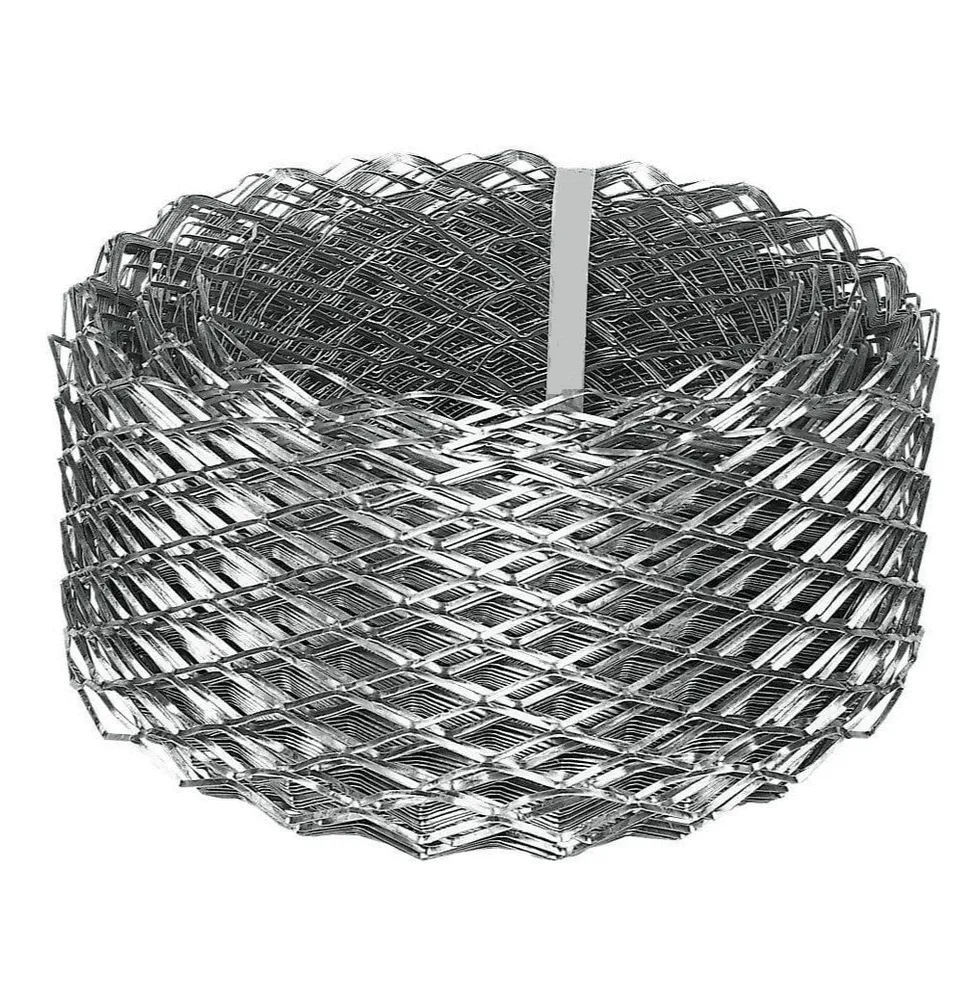
- Mobile Phone
- +8613931874955
- sales@cntcmetal.com
wall ties in cavity walls
The Importance of Wall Ties in Cavity Walls
Cavity walls are a common construction technique used in modern building design to improve thermal efficiency and moisture management. These walls consist of two separate masonry leaves with a clear gap, or cavity, in between them. While the design offers many benefits, it also introduces specific structural challenges that must be addressed to ensure safety and longevity. One crucial component in maintaining the integrity of cavity walls is the wall tie.
Understanding Wall Ties
Wall ties are structural elements used to connect the two leaves of a cavity wall. Typically made from materials such as stainless steel, galvanized steel, or plastic, these ties ensure stability and help maintain the alignment of the masonry units. The primary function of wall ties is to transmit lateral loads, such as wind pressure, between the outer and inner leaves of the wall, preventing them from moving independently. This interconnectedness is essential for ensuring the overall strength and durability of the masonry structure.
Types of Wall Ties
There are various types of wall ties available, each designed to cater to different building scenarios. The most common include
1. Wire Ties These are heavy-duty ties made from high-strength steel wire. They are affordable and effective, making them a popular choice for many builders. 2. PVC Ties Designed to prevent corrosion, these plastic ties are especially suitable for environments where moisture is a concern. They also provide thermal insulation, reducing heat transfer.
3. Expanded Metal Ties These ties offer a greater surface area, which can enhance their load-bearing capacity. They are versatile and can be used in various applications.
4. Anchor Ties These are used in specific situations where additional support is needed, such as at corners, parapets, or areas subject to excessive wind loads.
The Role of Wall Ties in Moisture Management
wall ties in cavity walls

One of the significant advantages of cavity walls is their ability to manage moisture effectively. The cavity acts as a barrier, preventing rainwater from penetrating the inner leaf of the wall. However, for this system to function correctly, wall ties must be installed appropriately. They should not bridge the cavity too closely; otherwise, they could create a pathway for moisture migration. Properly spaced and installed wall ties help maintain the integrity of the cavity while providing the necessary structural support.
Installation Guidelines
When installing wall ties, it is essential to follow industry guidelines to ensure optimal performance. Key considerations include
- Spacing Wall ties should be spaced according to local building codes and guidelines, typically every 600mm horizontally and vertically, although this may vary based on specific building requirements.
- Height from the Ground Wall ties should generally be placed no more than 450mm from the ground level to avoid issues with water ingress.
- Alignment Ensuring that the wall ties are plumb and correctly aligned is critical for the overall stability of the cavity wall.
- Corrosion Protection Selecting materials suitable for the environmental conditions is vital. For instance, in coastal areas where salt spray is prevalent, corrosion-resistant materials are a must.
Conclusion
Wall ties play an essential role in the structural integrity and moisture management of cavity walls. Their proper selection, installation, and maintenance directly impact the longevity and safety of the building. As building codes and environmental considerations evolve, the importance of adhering to best practices for wall tie installation becomes increasingly significant. By prioritizing the integrity of wall ties, builders can significantly enhance the performance and durability of cavity wall systems, leading to safer and more efficient structures.
share:
-
Why Sacrificial Formwork Is Redefining Underground ConstructionNewsJun.06,2025
-
The Structural Dynamics of Modern Concrete: How Snake Spacers Revolutionize Flexible ReinforcementNewsJun.06,2025
-
Snake Spacers Smart-Lock Concrete Reinforcement with Surgical PrecisionNewsJun.06,2025
-
Snake Spacers: Reinforcement Precision for Modern Concrete ProjectsNewsJun.06,2025
-
Snake Spacers Powering Concrete's Structural DNANewsJun.06,2025
-
Slither into Success: Snake Spacers' Precision Bite for Unbreakable ReinforcementNewsJun.06,2025
-
Sacrificial Formwork: Building Stronger, Faster, and Safer StructuresNewsJun.06,2025



















